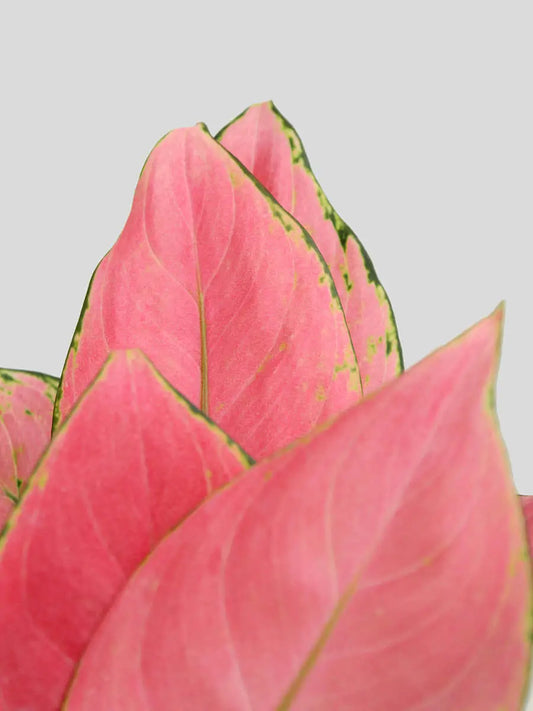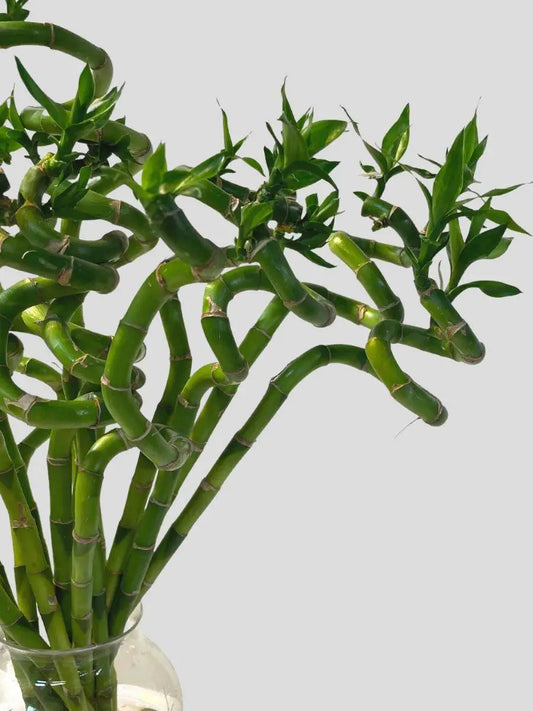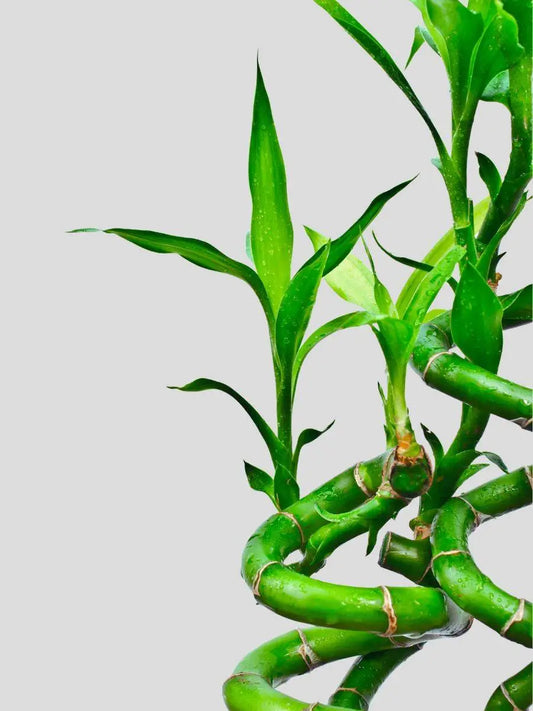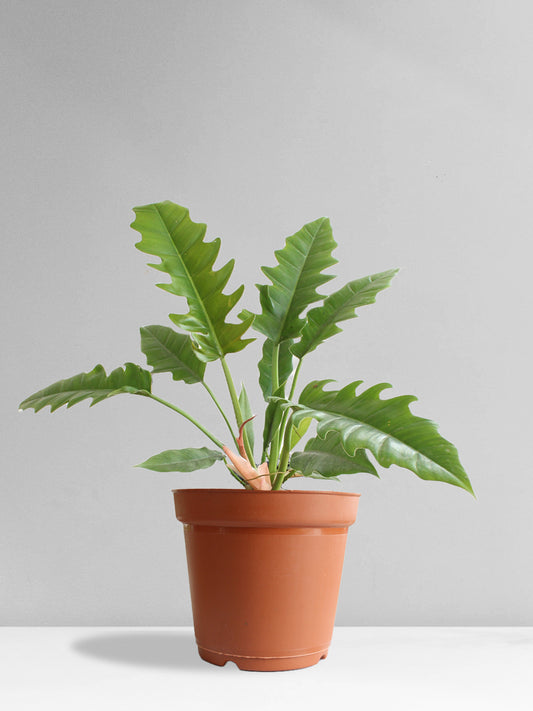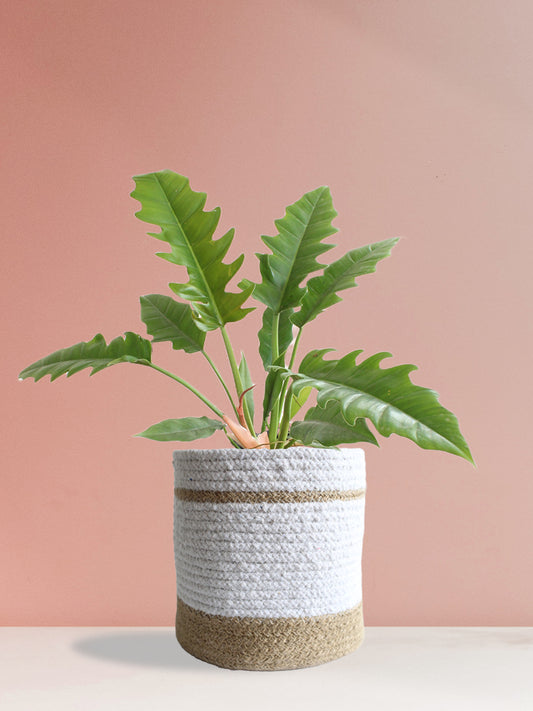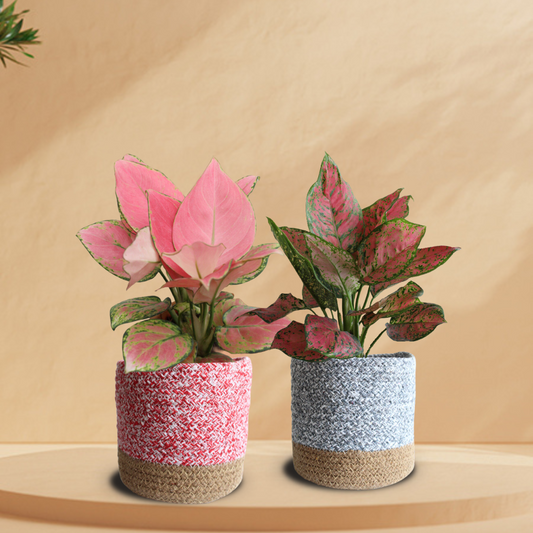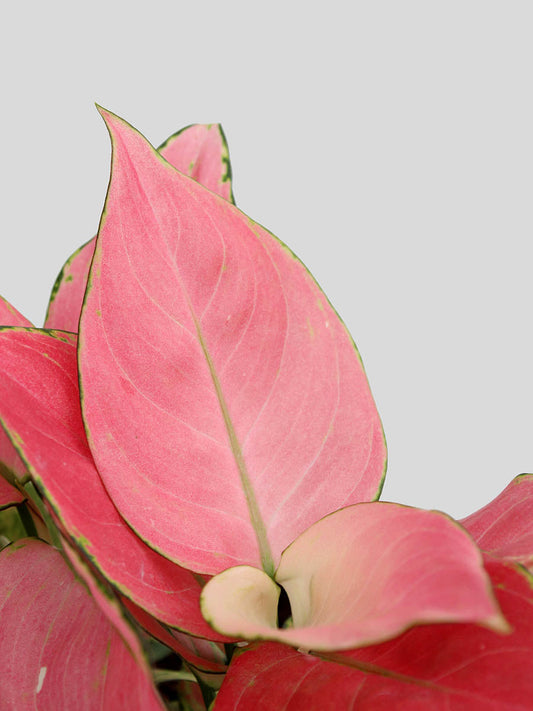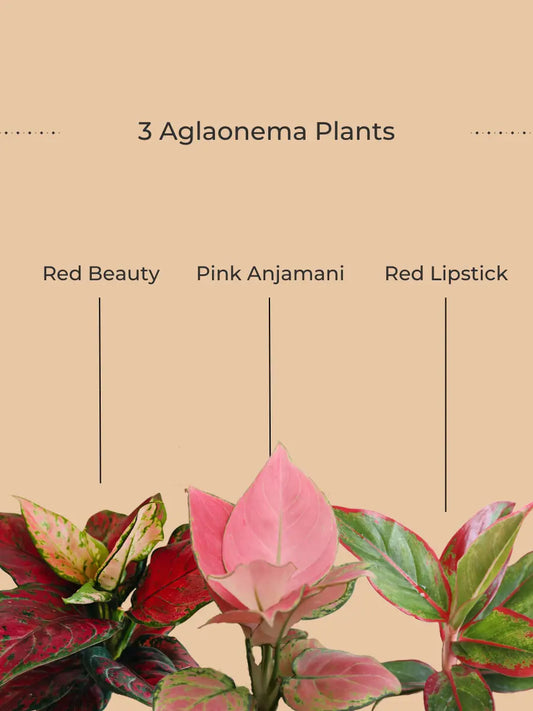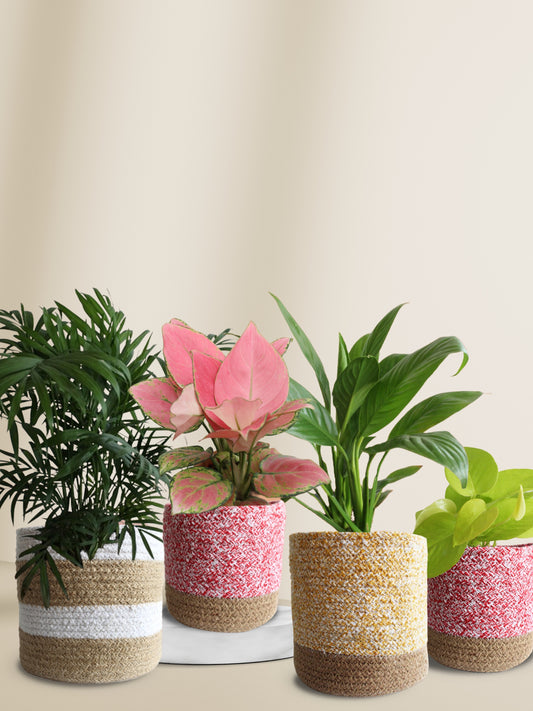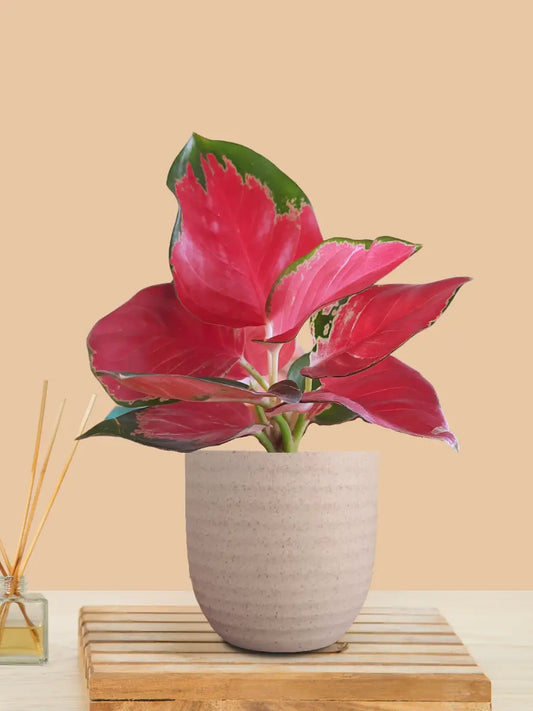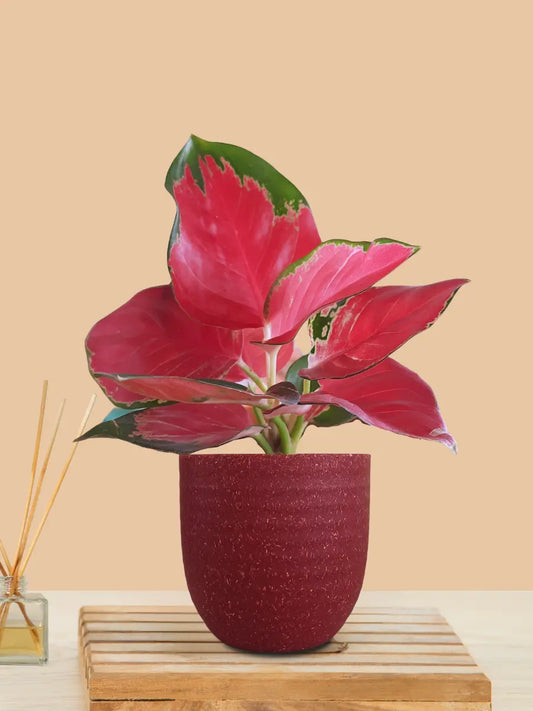All About the Raatrani Plant
Flora is full of distinct plants with their own charms. Cestrum nocturnum, also known as the enchanting Raatrani plant, holds a special place among them. This tropical and subtropical wonder, also referred to as Night Blooming Jasmine or "Raat Ki Rani," has captivated the affections of garden enthusiasts and botanists.
Let’s explore all about the Raatrani plant's scientific properties, benefits, care needs, and more.
Raatrani Plant: A Distinctive Evergreen Flowering Plant
Cestrum nocturnum, the scientific name for the Raatrani plant, is a member of the Solanaceae family. This shrub, which is renowned for its aromatic white blossoms, flourishes in tropical and subtropical regions.
True to its name, Night Blooming Jasmine blooms at night, filling the air with its intoxicating scent. Because of its one-of-a-kind quality, it is known as "Raat Ki Rani," which refers to the “lady of the night”. In Hindi, this flower is known as "queen of the night," whereas in Manipuri, it is known as "moon flower."
Night Blooming Jasmine is a spreading shrub with 4-8″ glossy, smooth, simple leaves. This plant may grow to 12 feet in its natural environment but rarely exceeds 4 feet in a season. It blooms cyclically during the warm season (hot and humid climates). The stem's leaves are topped with white tubular blooms with a greenish-creamy tint and glossy, juicy fruit. Also, this plant thrives in low-to-mid altitudes.
Also Check This: 11 Amazing Flowers That Bloom At Night
What Are the Benefits of Raatrani Plant?
The Raatrani plant is popular among plant and environment lovers due to its many benefits, such as:
Graceful Aroma and Sensory Response:

The aroma of Raatrani's white, tubular blossoms is more than simply pleasant—it's a complex molecular dance. The aroma of the plant is produced by the interaction of volatile organic molecules, such as linalool and benzaldehyde, with olfactory receptors in the nasal passages. As a result of this contact, brain reactions are triggered, which in turn affect mood, emotions, and even physiological processes.
Similar to aromatherapy, the mere act of breathing (on inhaling) Raatrani's fragrance can cause a state of peace and serenity.
Holistic therapeutic properties:
Traditional medicine uses Raatrani leaves for their pharmacological properties. Some reported therapeutic properties include:
- Analgesic and Anti-Inflammatory Properties: Raatrani leaves contain flavonoids and alkaloids that relieve pain and inflammation. These compounds interact with neural receptors and signaling pathways, potentially modulating pain perception and reducing inflammation.
- Antibacterial Properties: Phenolic chemicals like chlorogenic acid make Raatrani antibacterial. The leaves biochemical interactions restrict bacterial growth, similar to contemporary natural antibacterial drugs.
- Antioxidant Properties: Raatrani function as an antioxidant powerhouse. Phytochemicals, such as flavonoids, neutralize toxic free radicals, thereby contributing to cellular protection.
Connection to Culture and the Arts:

- Beauty and Wellness: Raatrani's glossy leaves and fragrant blooms enhance your living area. Environmental psychology research indicates that exposure to natural elements such as flora can improve mood, reduce tension, and promote psychological well-being overall.
- Cultural and Spiritual Significance: Raatrani plant is culturally significant in numerous regions. In Nepal, the plant's blossoms are used as offerings to deities such as Shiva and Ganesha. Nepalese shamans use the leaves and flowers in their rituals. They burn the leaves and flowers as incense and even eat the flowers and leaves to get spiritual healing powers.
- Ornamental Beauty: Aesthetically, the Raatrani plant is stunning. It is a popular option for ornamental purposes due to its lustrous leaves and aromatic, white blossoms. Raatrani plants provide elegance to gardens and outdoor settings, whether as a single plant or in a landscape design.
Also Check This: Budget Friendly Plant Decoration Ideas At Home
Other Benefits of Raatrani Plant:

- Larvicidal Abilities: It is also well-known that the plant's oil volatile oil acts as a natural mosquito repellent, which helps in the prevention of mosquito-borne diseases. This natural repellant is used in many places to prevent malaria-borne illnesses.
- Traditional Healing Techniques: Historically, the plant has been employed for a variety of medicinal purposes. In India, the Malasar uses its juice to cure cataracts. These traditional applications emphasize the plant's historical significance as a source of natural remedies.
- Potential anti-cancer properties: In 2008 research suggests that Raatrani plant extracts, notably n-butanol, and polysaccharide, may prevent tumor growth. While additional research is necessary, these results suggest that the plant may be useful in cancer research.
Can We Keep the Raatrani Plant at Home?

Without a doubt! Home gardeners and those who are passionate about plants often choose to grow Raatrani plants in their gardens. Decorative gardens are incomplete without this night-time beauty. Its gorgeous white flowers and calming scent make it a wonderful addition to gardens, terraces, and even indoor spaces if properly maintained.
Night Blooming Jasmine is widely planted in tropical areas, despite its natural range extending from Mexico to Venezuela.
It is essential to note, however, that while the plant is attractive and fragrant, it may not be suitable for residences with pets or young children due to its potential toxicity. The bloom's strong scent may cause breathing problems, sinus and throat irritation, migraines, vertigo, and other symptoms in asthmatics and others. This is due to the presence of chlorogenic acid, a powerful sensitizer, which is present in C. nocturnum but not in other Cestrum species.
How to Grow Raatrani Plant?

Curious about how to cultivate the captivating Raatrani plant? Well, having a flourishing growth of a Raatrani plant is something to be proud of. The following is a step-by-step guide for getting begun:
- Selecting the Right Location: Choose a location that receives at least six hours of daily sunlight and is shielded from excessively intense sunlight.
- Preparing the soil: The plant prefers neutral pH (6.6 and 7.5), well-draining soil. Therefore, ensure adequate drainage to avoid waterlogging.
- Planting: Prepare a hole for Raatrani only slightly bigger than the size of the root ball. After you've planted your new plant, be sure to give it plenty of water.
- Watering: Maintain a consistent moisture level in the soil, particularly during the growing season. But don't water too much, because too much water in the soil will damage the plant.
- Fertilization: Use a complete fertilizer throughout the growing season to promote healthy growth and flowering. Organic manures and fertilizers (for e.eg. weak dilution of seaweed and fish emulsion fertilizer) can be used once every two weeks.
- Pruning: Perform routine maintenance on the plant to maintain its shape and remove any branches that are diseased or dead.
Also Check This: Top 10 Rainy Season Flowers In India
How Do You Take Care of a Raatrani Plant?

Did you know Raatrani can flourish with proper care? Here are a few measures (bonus care tips) that are necessary to ensure the health and vitality of a Raatrani plant, such as:
- Smart Watering: The plant likes wet soil, but doesn't overwater. Water when the top inch of the soil feels dry to the touch.
- Mulching: Apply organic and eco-friendly mulch around the plant's base to retain moisture and inhibit weeds.
- Protection from Frost: Raatrani is frost-sensitive; if you live in a harsher climate, you should safeguard it during the winter.
- Pest Management: Keep an eye out for insects like aphids and mealybugs. Infestations should be handled immediately, either manually or with organic pesticides.
- Pruning or trimming: Regularly prune or trim the plant to promote healthy development and remove faded blooms to prolong flowering and dust-free for optimal photosynthesis.
Conclusion
Raatrani is a beautiful way to celebrate the complex relationship between the natural world and the scientific community. It adds not only aesthetic value to a space but also a sense of connection to the restorative powers of nature.
However, remember that Raatrani plants need adequate care to maximize their benefits and safety. As you care for this plant, you learn about the intriguing world of botanical interactions while enjoying the benefits of having a trace of nature in your home.
Having plants in your space may brighten up your day. Remove your stress level, stimulate creativity, increased work output, and sharpened attention with the indoor gardening of Greenkin.
FAQs
Q1. Does Raat Ki Rani plant attract snakes?
Ans. No, it is not known that the Raatrani plant attracts snakes. Snakes are typically drawn to regions with abundant food sources, places to hide, and suitable habitats.
Q2. Is Night Jasmine poisonous?
Ans. Yes, some Night Jasmine plant parts are toxic if consumed. It should be kept out of the reach of pets and small children.
Q3. Is jasmine harmful to humans?
Ans. Although jasmine has a pleasing aroma and is frequently used in perfumery, the plant can cause skin irritation in some people. There may also be adverse effects associated with consuming particular jasmine varieties.



